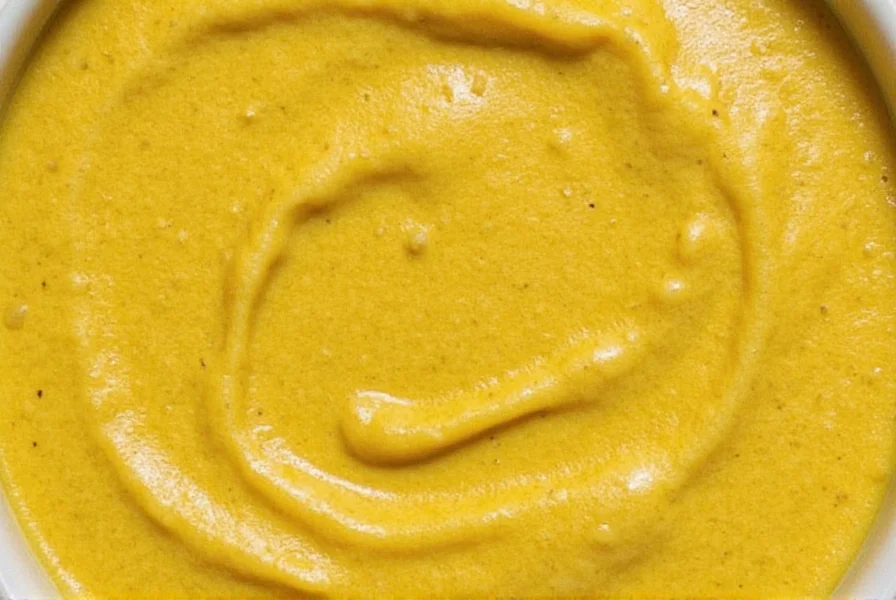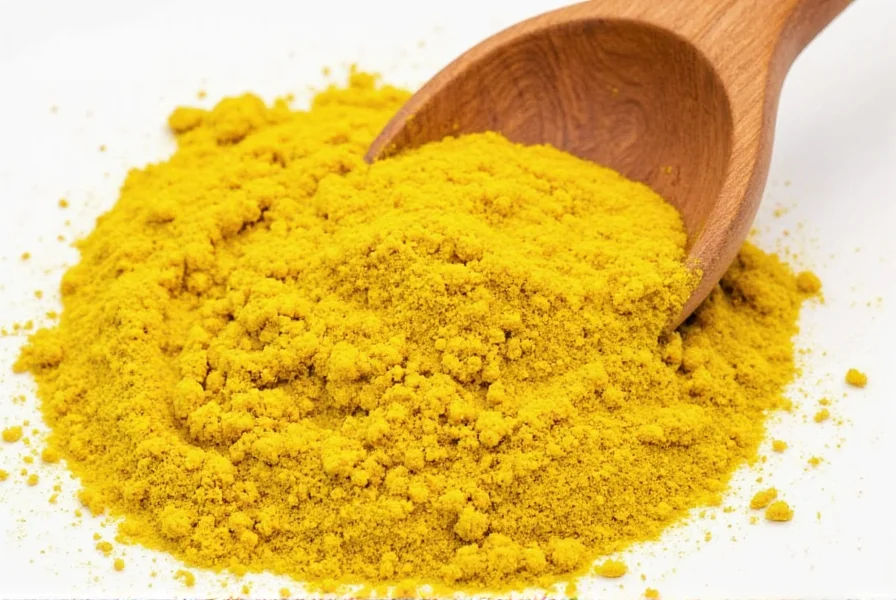For centuries, mustard has been a staple condiment across cultures, evolving from ancient spice mixtures to the diverse range of products found in modern kitchens. Understanding what is mustard involves exploring its botanical origins, production methods, and culinary applications that have made it a global favorite.
The Historical Roots of Mustard
Mustard's story begins over 5,000 years ago in ancient India and the Mediterranean region. Historical records show that the Romans combined crushed mustard seeds with grape juice (called mustum ardens, meaning "burning must"), which is where the name "mustard" originated. By the 9th century, monasteries in France began cultivating mustard plants, and by the 13th century, Dijon, France became the epicenter of mustard production—giving us the now-famous Dijon mustard.
What Is Mustard Made Of: Core Ingredients
The essential components that define what is mustard include:
| Ingredient | Function | Common Variations |
|---|---|---|
| Mustard seeds | Base ingredient providing flavor and texture | Yellow (mild), brown (spicy), black (strongest) |
| Liquid | Activates enzymes for pungency | Vinegar, wine, water, beer, or lemon juice |
| Acid | Preserves and enhances flavor | Vinegar, citric acid, wine |
| Additional flavorings | Creates distinctive varieties | Herbs, spices, honey, garlic, turmeric |
The chemical reaction between mustard seeds and liquid creates the characteristic pungency. When seeds are crushed and mixed with liquid, the enzyme myrosinase converts sinigrin (a glucosinolate) into allyl isothiocyanate—the compound responsible for mustard's sharp heat.

Different Types of Mustard Explained
Understanding what is mustard requires examining its diverse varieties:
Yellow Mustard
Also called American mustard, this bright yellow condiment contains turmeric for color and is made primarily from yellow mustard seeds. It has a mild flavor profile that makes it perfect for hot dogs and sandwiches. When people ask what is yellow mustard, they're typically referring to this ubiquitous picnic staple.
Dijon Mustard
Originating from Dijon, France, this variety uses brown or black mustard seeds blended with white wine or verjuice. Dijon mustard has a sharper, more complex flavor than yellow mustard and serves as an excellent base for salad dressings and marinades. The question what is Dijon mustard often comes from cooks seeking to understand its culinary applications.
Whole Grain and Stone-Ground Mustard
These varieties retain partially crushed or whole seeds, creating a textured condiment with visible seeds. Whole grain mustard offers a more rustic appearance and complex mouthfeel, making it ideal for charcuterie boards and hearty sandwiches.
Other Regional Varieties
From the sweet honey mustard popular in North America to the spicy Chinese hot mustard and the beer-infused mustards of Germany, regional variations demonstrate mustard's global adaptability. Each culture has developed unique interpretations of what is mustard based on local ingredients and culinary traditions.
How Is Mustard Made: The Production Process
The process of creating mustard involves several key steps that determine its final character:
- Seed selection: Producers choose specific mustard seed varieties based on desired heat level and flavor profile
- Grinding: Seeds are ground to different degrees—fine for smooth mustards, coarse for whole grain varieties
- Blending: Ground seeds mix with liquid, acid, and flavorings in precise ratios
- Aging: Most mustards mature for 2-6 weeks to develop complex flavors
- Bottling: The final product is packaged for distribution
The temperature and timing of mixing significantly affect the final product's heat. Adding seeds to cold liquid creates milder mustard, while hot liquid produces more intense heat through accelerated enzyme activity.
Culinary Applications of Mustard
Far beyond just a hot dog topping, mustard serves multiple functions in cooking:
- As an emulsifier in vinaigrettes and mayonnaise
- As a flavor enhancer in marinades for meats
- As a base for barbecue sauces and glazes
- As a binding agent in meatloaf and meatball recipes
- As a finishing touch for roasted vegetables
Chefs appreciate mustard's ability to cut through richness and balance flavors. When exploring what is mustard in professional kitchens, you'll find it's considered a fundamental flavor component rather than just a condiment.
Nutritional Profile and Health Considerations
Mustard offers several nutritional advantages compared to other condiments:
- Extremely low in calories (approximately 5-15 calories per tablespoon)
- Naturally fat-free
- Contains small amounts of selenium, magnesium, and omega-3 fatty acids
- Provides antioxidants from mustard seeds and added spices
- Generally low in sugar compared to ketchup or mayonnaise
Some studies suggest that compounds in mustard seeds may have anti-inflammatory properties and could support metabolic health. However, those with mustard allergies (typically related to seed proteins) should avoid consumption.
Mustard Around the World
Cultural interpretations of what is mustard vary significantly:
- France: Dijon remains the mustard capital, with strict regional production standards
- Germany: Offers over 150 varieties, often brewed with beer
- India: Uses mustard oil and seeds extensively in Bengali cuisine
- United States: Dominated by yellow mustard but growing specialty market
- Japan: Features karashi, a pungent mustard often served with noodles
The global mustard market continues evolving, with artisanal producers creating innovative blends that incorporate local ingredients and flavors, answering the question of what is mustard in increasingly creative ways.
Frequently Asked Questions
What is mustard made from?
Mustard is made from mustard seeds (yellow, brown, or black varieties) combined with liquid (typically vinegar, water, or wine), salt, and additional flavorings. The seeds contain compounds that create mustard's characteristic pungency when mixed with liquid.
Why does mustard taste hot?
Mustard's heat comes from a chemical reaction when mustard seeds are crushed and mixed with liquid. The enzyme myrosinase converts sinigrin into allyl isothiocyanate, the compound responsible for mustard's sharp, pungent flavor. Unlike chili heat, mustard's sensation is more nasal and temporary.
What's the difference between Dijon and yellow mustard?
Dijon mustard uses brown or black mustard seeds blended with white wine, creating a sharper, more complex flavor. Yellow mustard uses milder yellow seeds with turmeric for color and vinegar, resulting in a brighter yellow color and milder taste. Dijon has a smoother texture while yellow mustard is more uniformly blended.
Is mustard healthy?
Yes, mustard is generally considered healthy as it's low in calories (5-15 per tablespoon), fat-free, and contains small amounts of nutrients like selenium and magnesium. It provides antioxidants and may have anti-inflammatory properties. However, some varieties contain added sugar or preservatives, so checking labels is recommended.
How long does mustard last?
Unopened mustard typically lasts 2-3 years past the printed date. Once opened, it remains fresh for 1-2 years when refrigerated. Signs of spoilage include mold growth, significant color change, or off odors. The high acidity in mustard acts as a natural preservative, making it one of the longest-lasting condiments.











 浙公网安备
33010002000092号
浙公网安备
33010002000092号 浙B2-20120091-4
浙B2-20120091-4